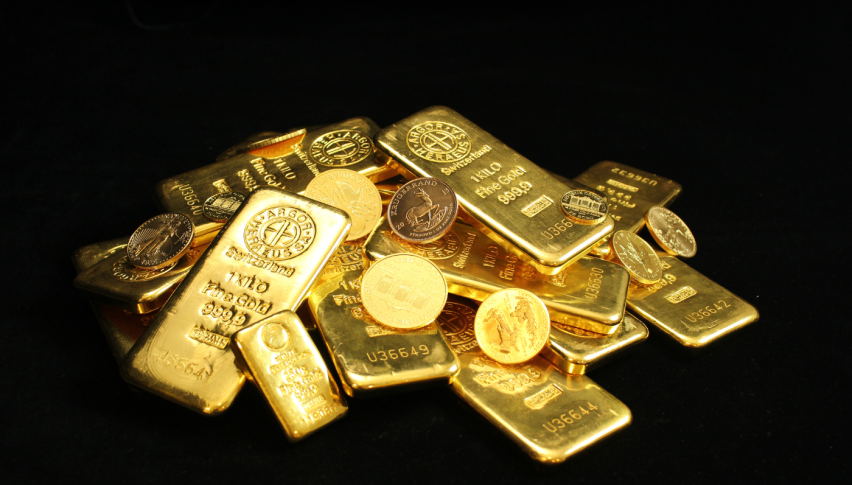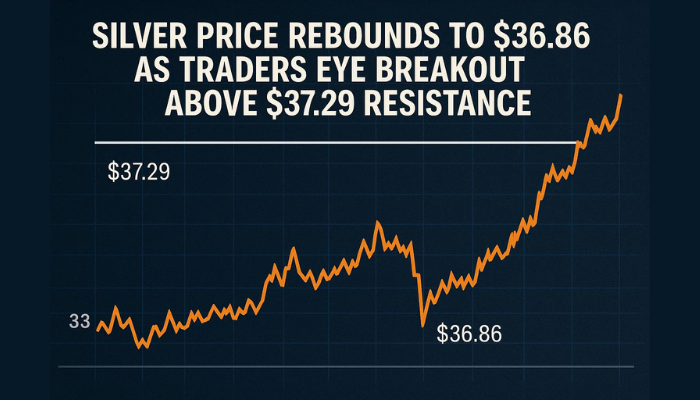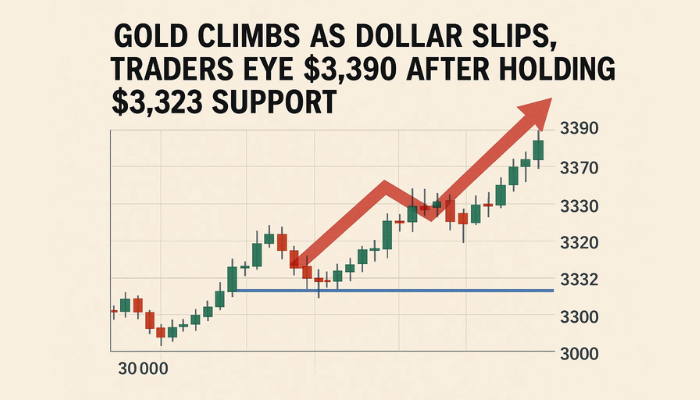Gold Prices Reach $2,396 Amid Economic Uncertainty: What’s Next?
Gold prices (XAU/USD) recently climbed to a daily high of $2,396, driven by a spike in market interest at the $2,393 level.

Gold prices (XAU/USD) recently climbed to a daily high of $2,396, driven by a spike in market interest at the $2,393 level.

This increase was sparked by recent U.S. economic reports, which painted a picture of an accelerating downturn in the global leader’s economy.
The prospect of more aggressive Federal Reserve rate cuts and growing worries over China’s economic deceleration and Middle East tensions has further enhanced gold’s allure as a secure investment haven.
U.S. Economic Woes and Federal Reserve Speculations
The U.S. dollar has struggled to find its footing, weighed down by unexpected economic data pointing to a swift economic slowdown.
This scenario has led to anticipations of more significant rate reductions by the Federal Reserve, bolstering the value of gold, a traditional non-yielding asset.
Data released on Tuesday highlighted a 2.5% shrinkage in the U.S. trade deficit to $73.1 billion in June, down from $75.0 billion in May, driven by a boost in exports, particularly in aircraft and U.S.-produced oil and gas.
With the market expecting a near-certain rate cut by the Federal Reserve in September—potentially as much as 50 basis points—gold’s status as a safe-haven asset is solidly reinforced.
Geopolitical Risks Fueling Safe-Haven Demand
The international stage is rife with conflicts that underscore gold’s reputation as a haven. Recent escalations in Middle East hostilities, particularly with Hezbollah’s drone attacks on Israel, have sparked severe retaliatory measures.
Sayyed Hassan Nasrallah of Hezbollah has openly threatened further actions in response to Israeli offensives, while Iran has pressed for international condemnation of Israel’s tactics.
These conflicts, combined with ongoing U.S. attempts to mediate, have significantly heightened geopolitical risks, propelling investors towards the relative safety of gold.
Technical Analysis and Gold Price Forecast
From a technical perspective, gold trades at $2394.590, marking a 0.48% increase. Despite this, gold remains in a cautiously neutral position with a Relative Strength Index (RSI) of 45.

The critical resistance and support levels to watch are $2431.41 and $2374.89, respectively. Should prices surpass the pivotal $2405.21, it could signal a buying opportunity, whereas failure to maintain this level might trigger sell-offs.
Given the current economic and geopolitical landscape, investors might consider strategic placement of a sell limit order at $2405 with specified targets for profit and loss, to capitalize on potential price movements while managing risk effectively.
- Check out our free forex signals
- Follow the top economic events on FX Leaders economic calendar
- Trade better, discover more Forex Trading Strategies
- Open a FREE Trading Account


